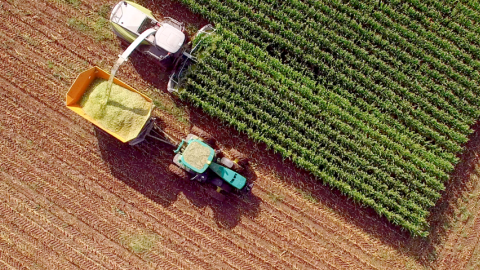Production decisions concerning how much effort and resources to invest in crop and livestock production, and which farming practices to follow, have consequences and create opportunities for the farm—affecting production levels, input costs, time constraints, and the potential size of the operation. They also may have implications for resource use and environmental quality.
ERS synthesizes information on field cropping practices used for all major commodities. The annual Agricultural Resource Management Survey (ARMS) provides field-level data for major crops. ARMS Crop Production Practices data can be used to find information at multiple levels of aggregation about:
- Previous crops planted
- Nutrient management
- Pest management
- Seed use
- Land tenure
- Conservation practices and field characteristics
- Use of precision agriculture
- Equipment use and field operations
- Irrigation practices
ARMS also collects detailed information on hog, dairy, cow-calf, and broiler production practices. Over time, these data provide measures of changing livestock production practices that can be used to gain insight into some of the causes and consequences of these changes.
ERS analyzes trends in the adoption of a range of crop and livestock production practices and their effectiveness in reducing costs, increasing farming profitability, minimizing losses to the environment, and conserving natural resources.
Additional data on costs of production, also collected by the ARMS are available in the related Commodity Costs and Returns data product.



